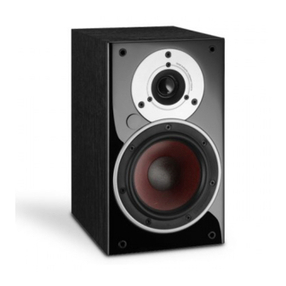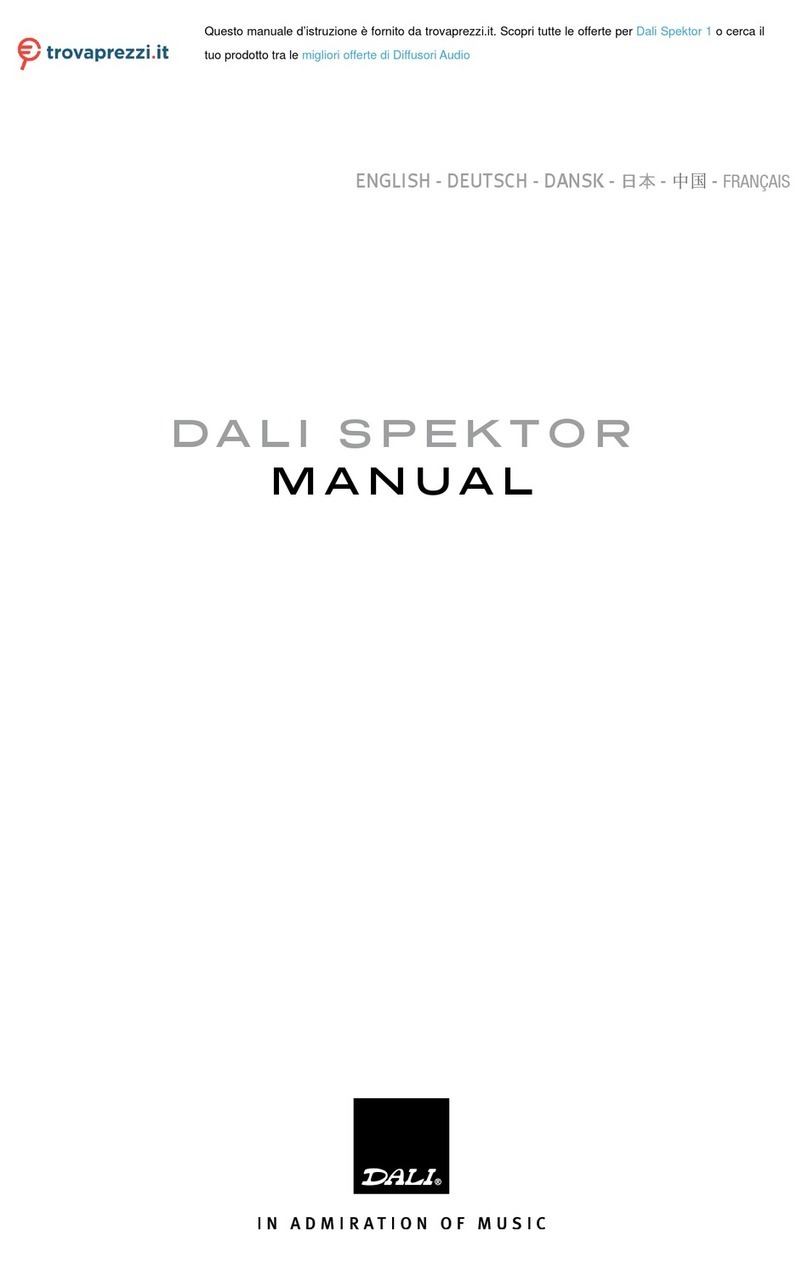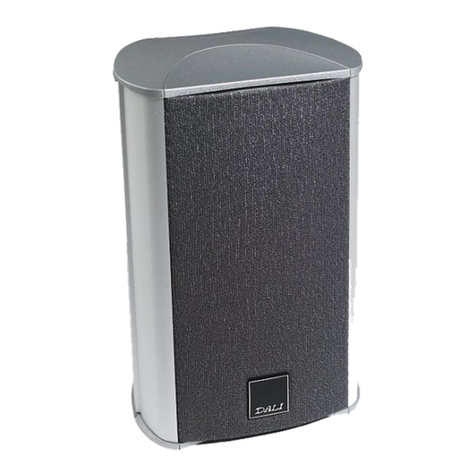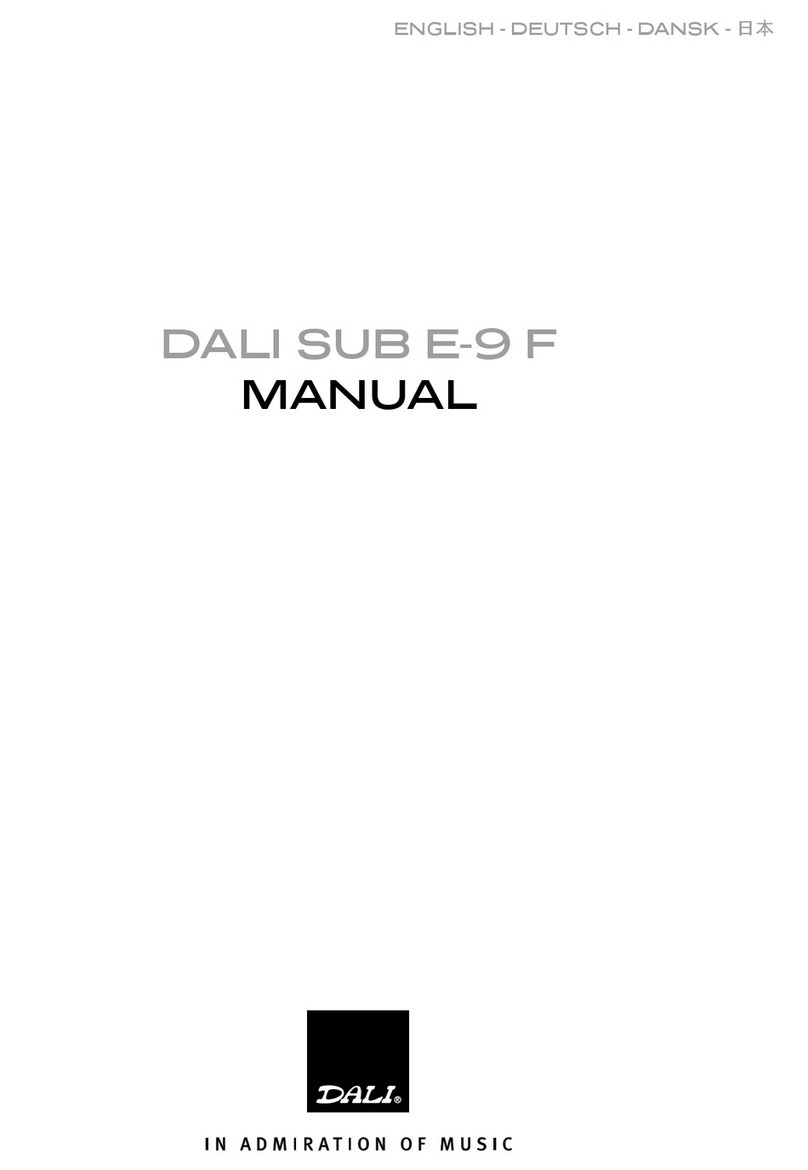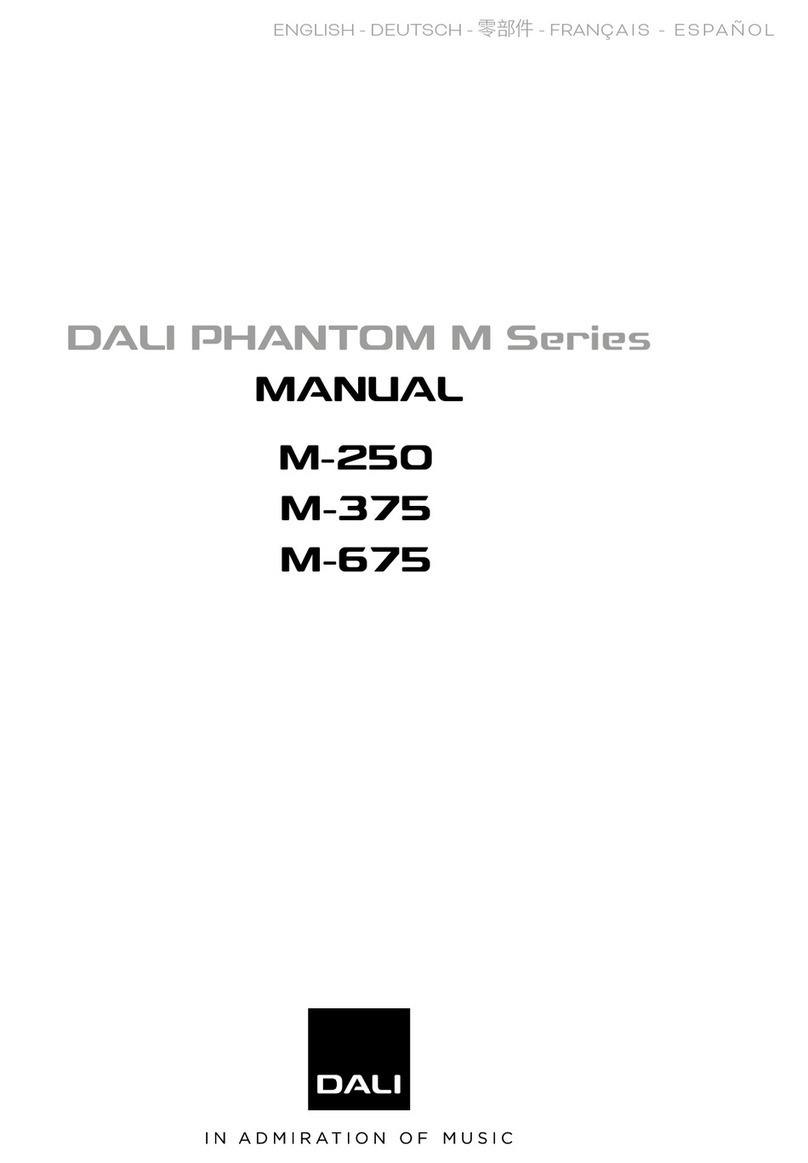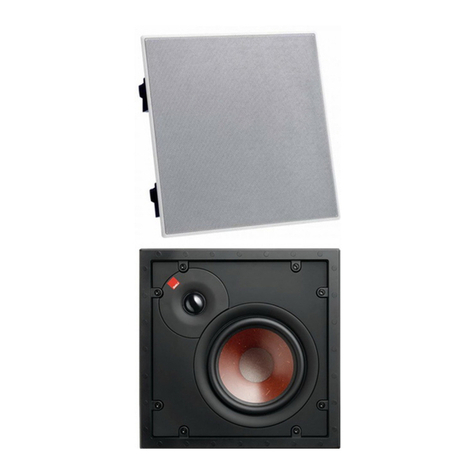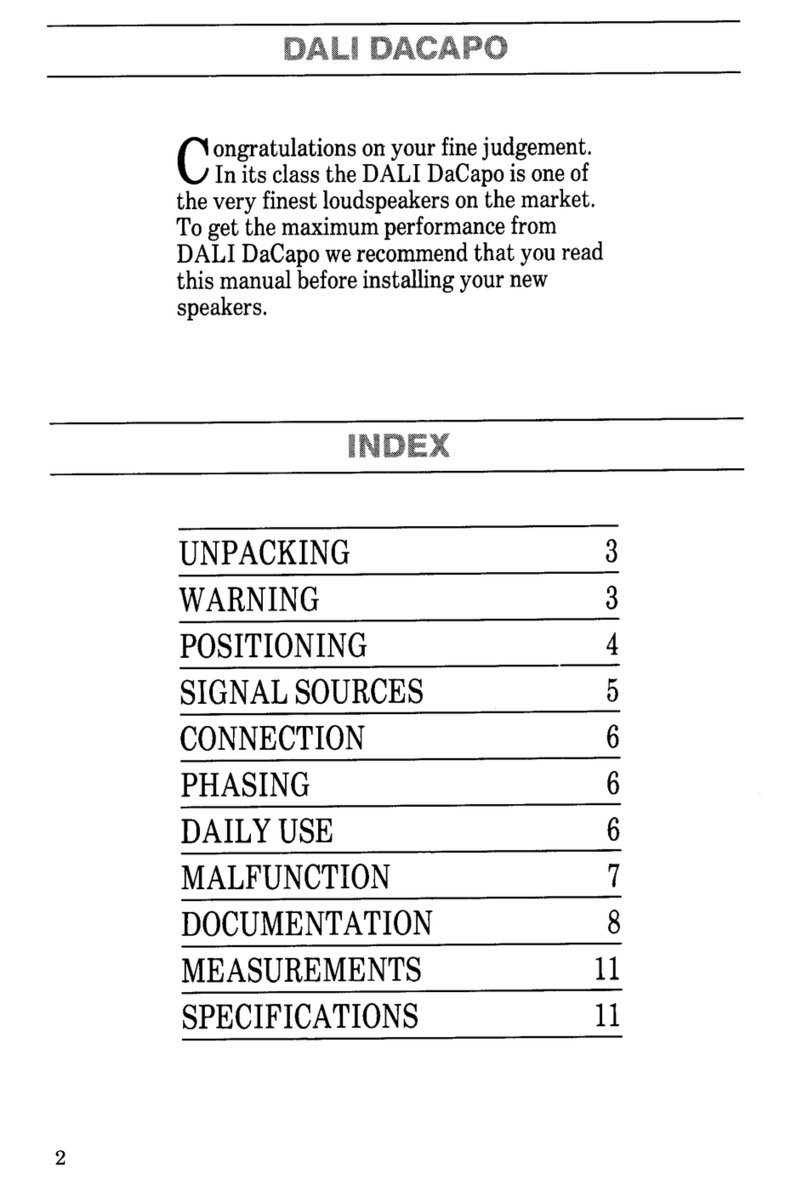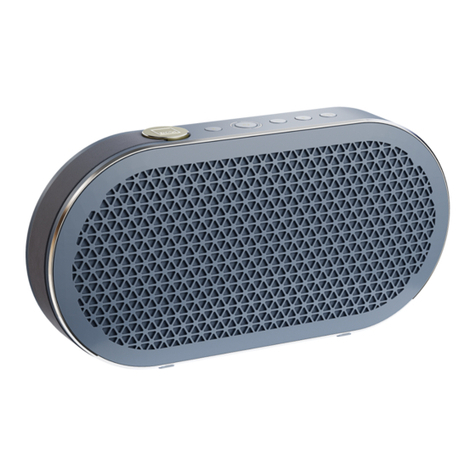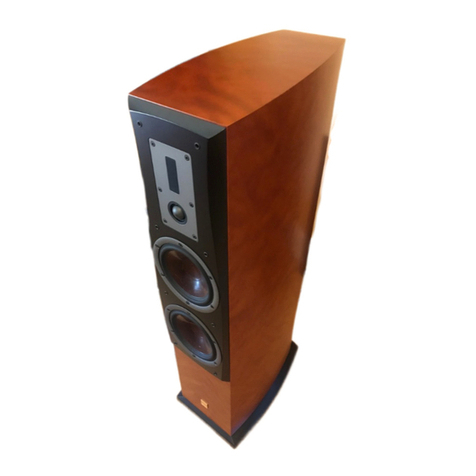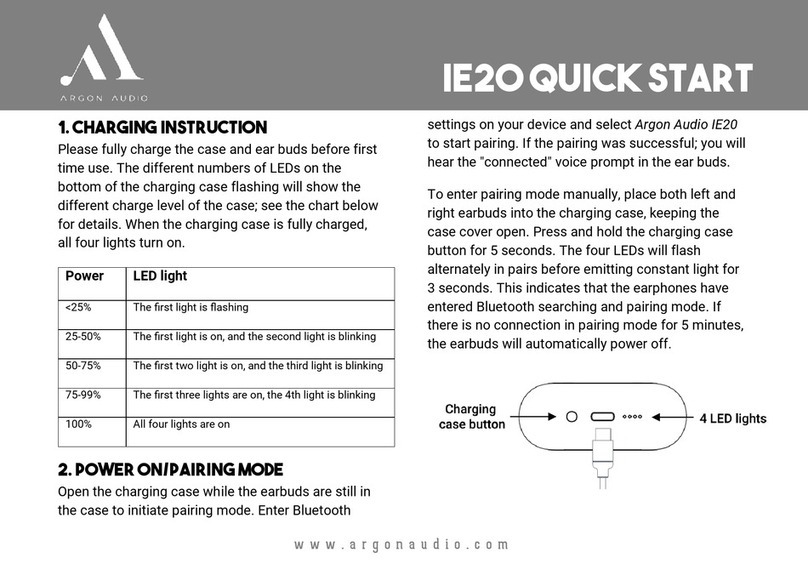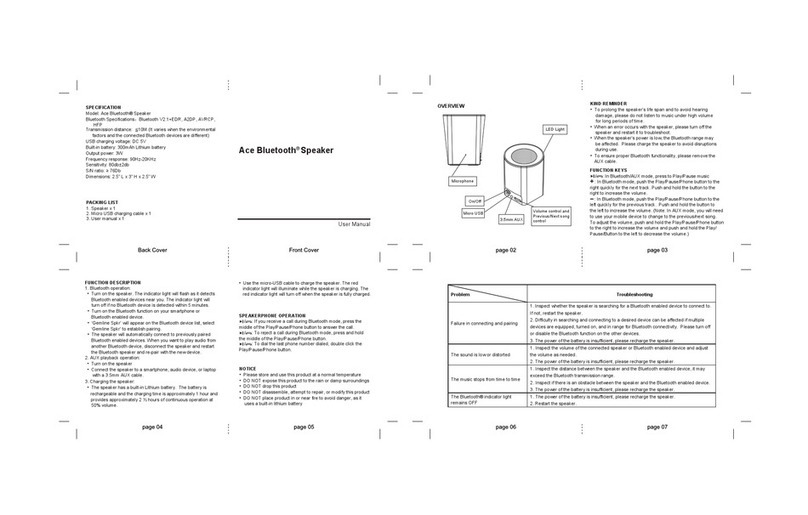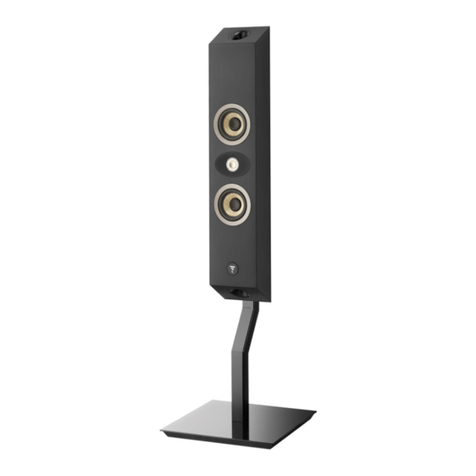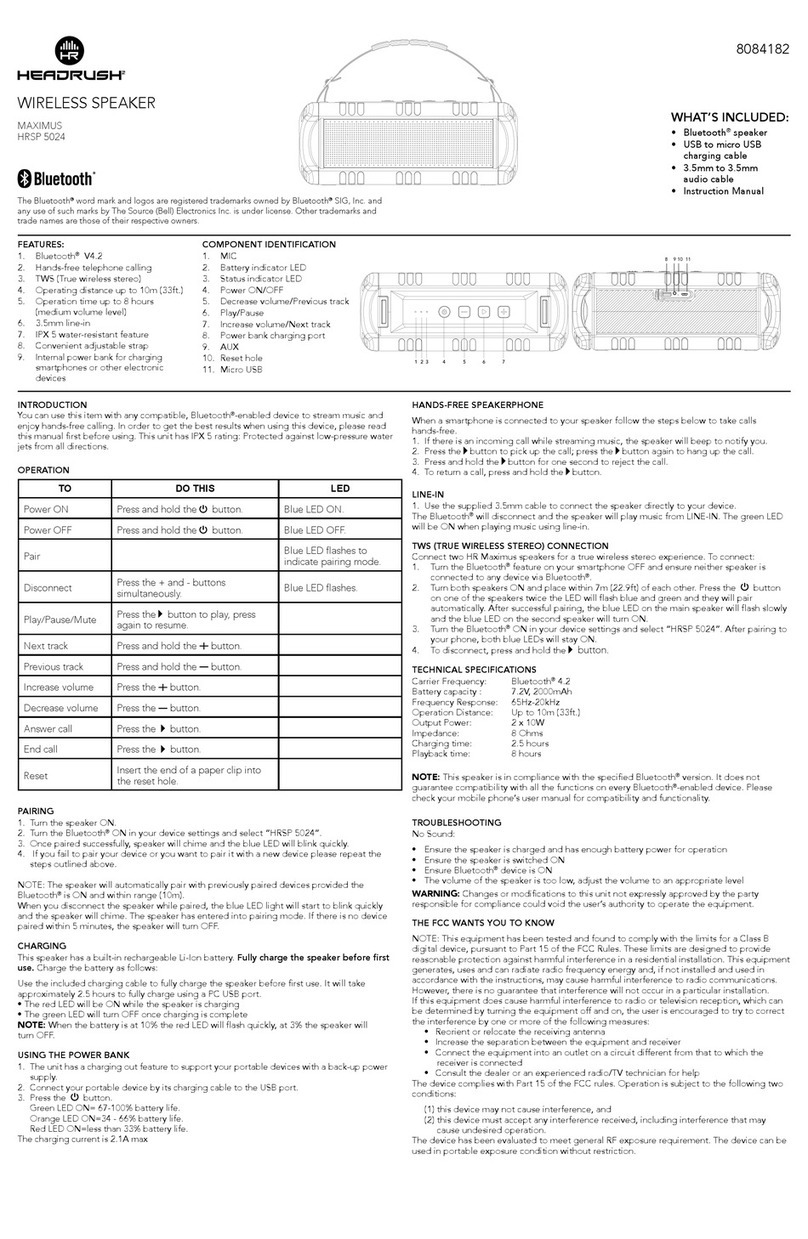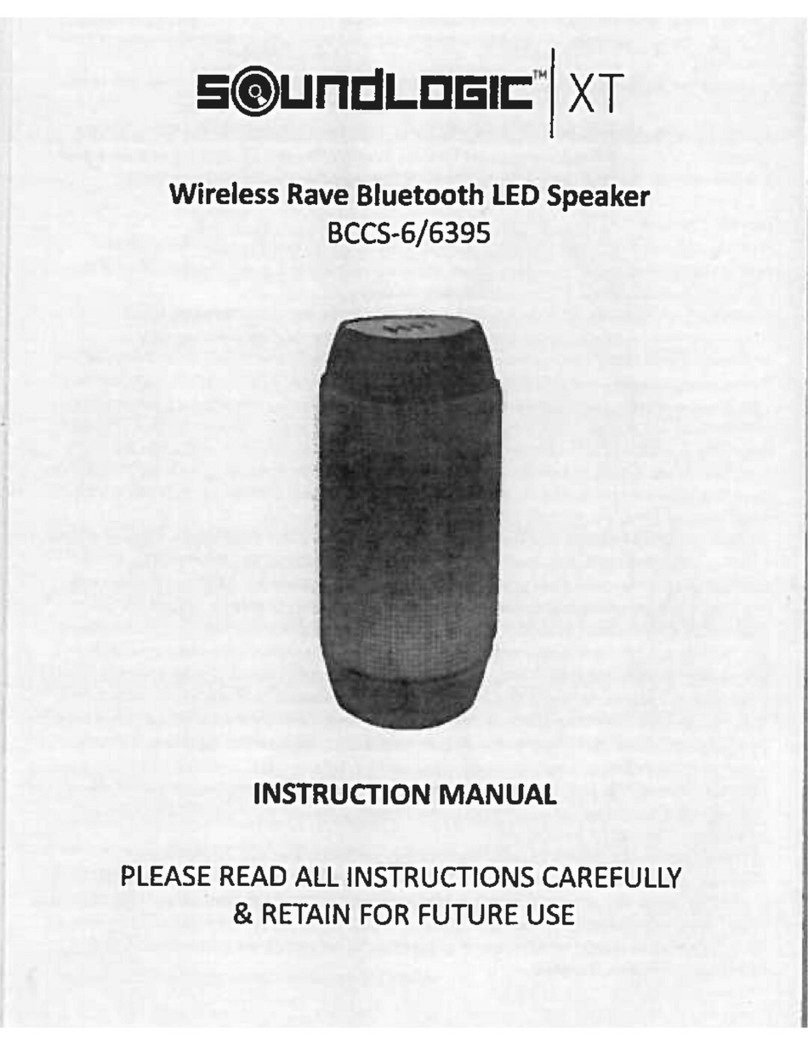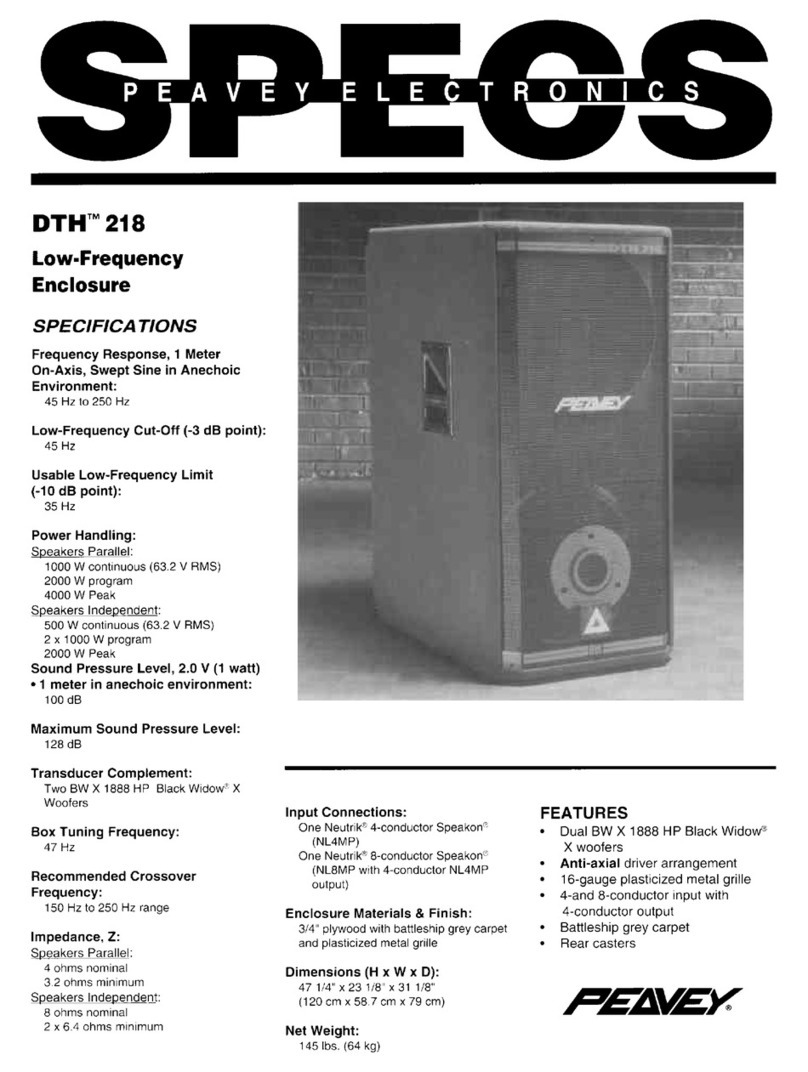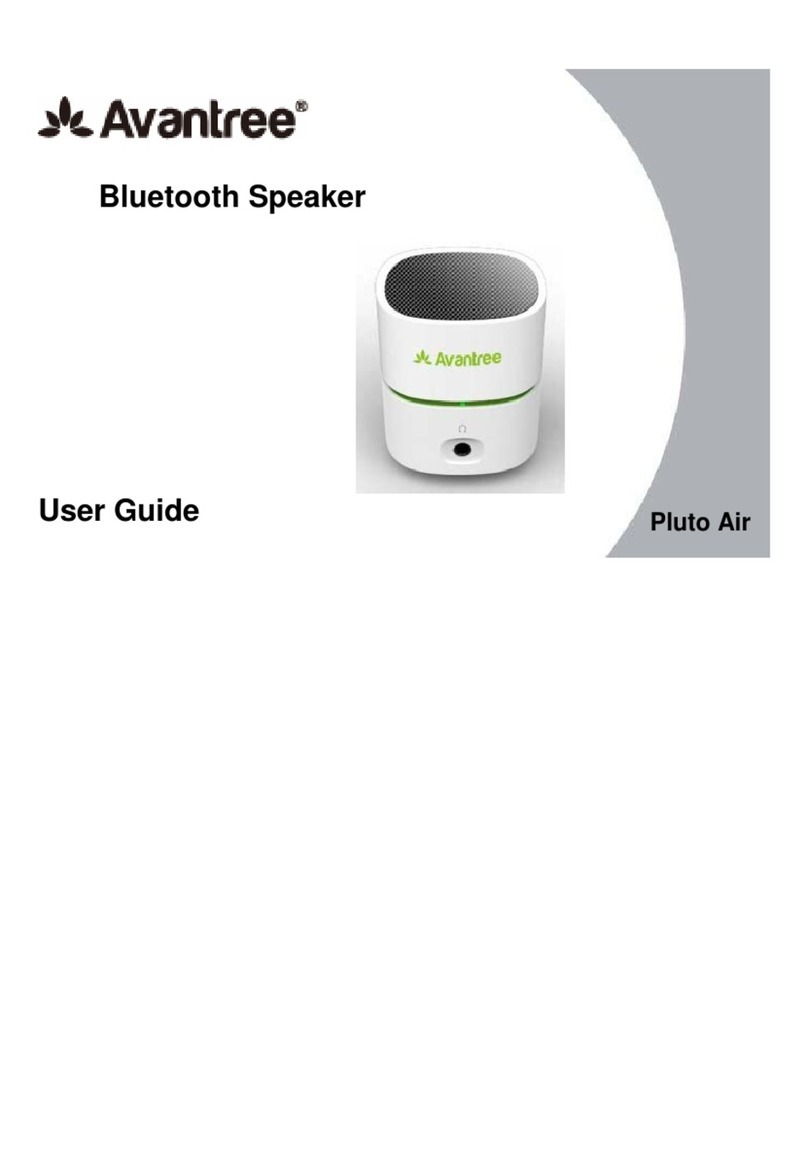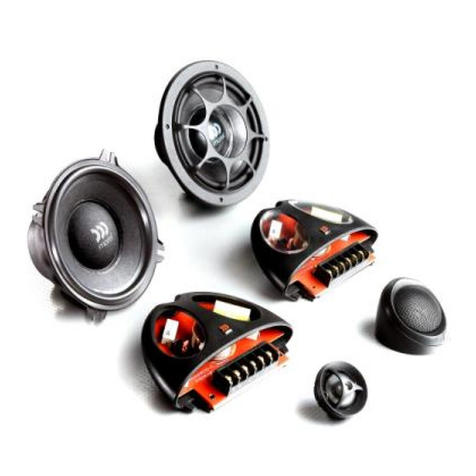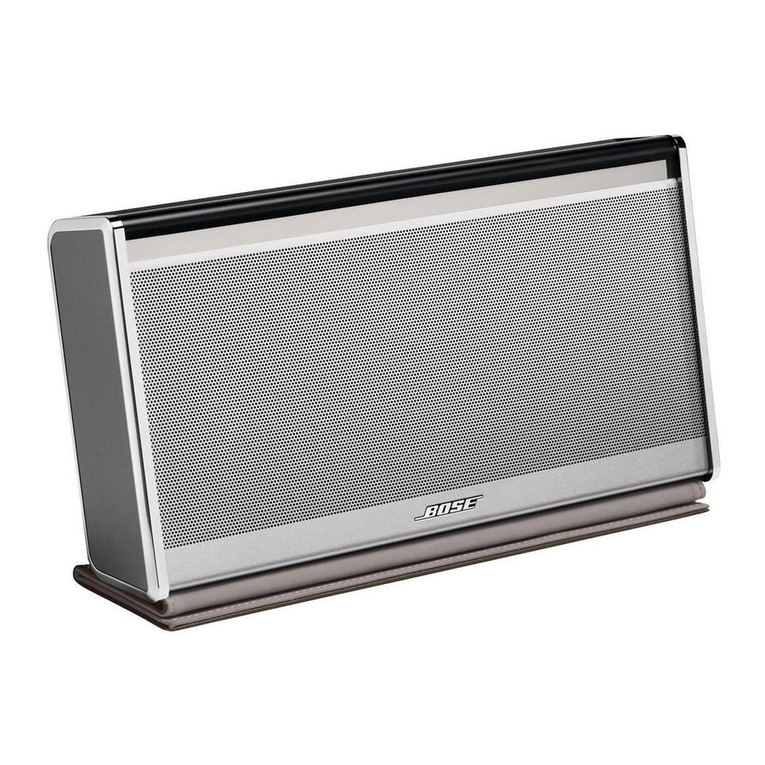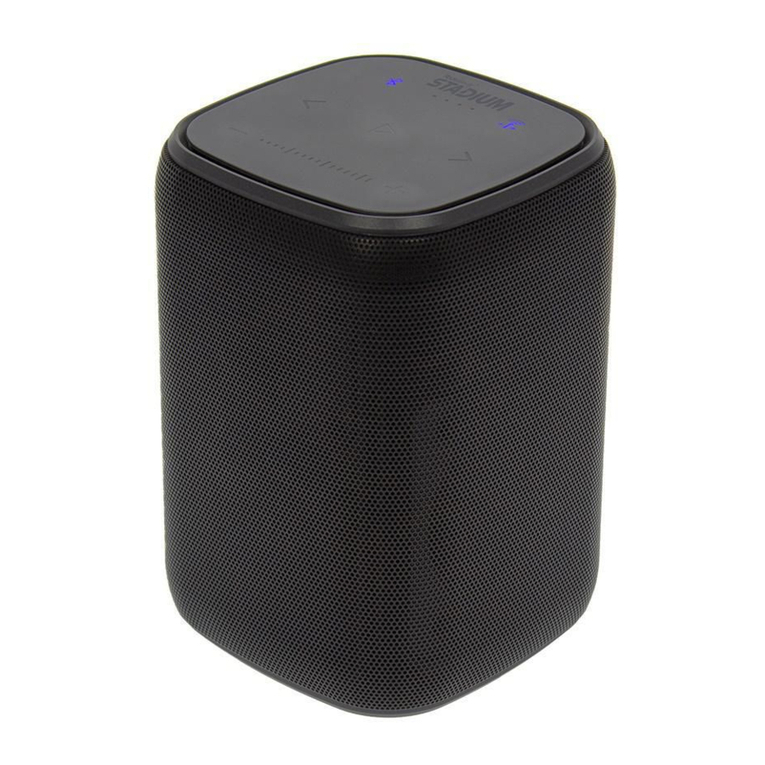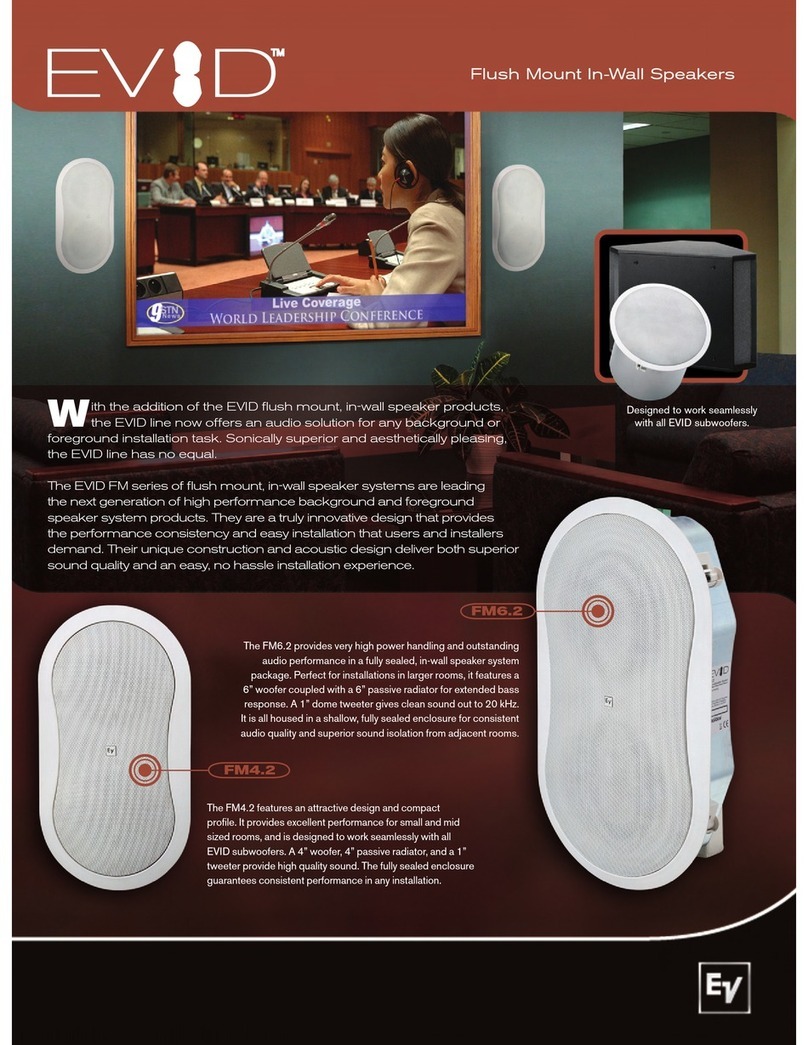White Paper
Euphonia IWS 3 Phantom
Space Invaders No More
Almost from its introduction, the in-wall loudspeaker has been an audio stepchild.
Unfortunately, this reputation is well deserved, as poorly conceived and poorly executed
designs continue to flood the market in a feeding frenzy to cash in on the most obvious
and popular selling points of the in-wall concept: invisibility and the freeing up of precious
domestic real estate.
But eliminating the space invaders that take up valuable floor space comes at a hidden
cost: sound quality suffers significantly.
A comprehensive study of currently available in-wall models led DALI engineers to the
conclusion that the shortcomings of the in-wall loudspeaker lay not in the concept itself,
but only in the slipshod manner in which it has been realised so far.
Therefore, DALI set out to create in-wall loudspeakers that would be fully the sonic equal
of any comparably priced conventional design, but with the added convenience and
discretion that only built-in loudspeakers can offer.
Drawing heavily on technological innovations from our acclaimed high end
Euphonia Series, modified to meet the strict demands of the rapidly
expanding installation market, we devised the Euphonia IWS 3 Phantom, a
2½-way speaker with a 6½” woofer/midrange and a Hybrid Tweeter
Module in a sealed enclosure.
The DALI Euphonia Phantom in-wall loudspeaker targets the critical
listener who seeks a compact, non-intrusive solution that maintains the
design integrity of his living space at no compromise in audio performance.
Euphonia Phantom lives up to its design brief: to set a new standard for audio quality in
the in-wall category.
DALI will launch several in-wall speakers in each of our current ranges. All DALI in-wall
speakers will have the suffix name Phantom.
All In All, It’s Not Just Another Brick In The Wall
In undertaking the daunting challenge of developing an in-wall loudspeaker, it is necessary
to attain a full understanding of the essential differences between a floor-standing speaker
and an in-wall model.
As a rule of thumb, the floor-standing speaker will generate more reflections in a room and
offer lower sensitivity in comparison with an in-wall speaker.
The floor-standing speaker essentially radiates sound in a 360° angle, dispersing
acoustical energy across a far larger area of the room. An in-wall has the dual advantages
of reduced room reflections and higher sensitivity, as it only disperses acoustical energy in
Page 2 of 14

